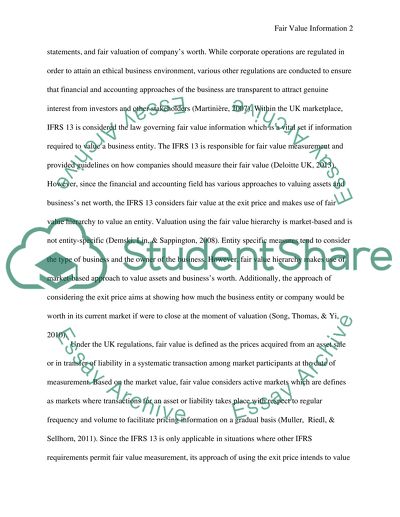Cite this document
(“Disclosure of fair value information in the corporate annual report Essay”, n.d.)
Disclosure of fair value information in the corporate annual report Essay. Retrieved from https://studentshare.org/finance-accounting/1688403-disclosure-of-fair-value-information-in-the-corporate-annual-report
Disclosure of fair value information in the corporate annual report Essay. Retrieved from https://studentshare.org/finance-accounting/1688403-disclosure-of-fair-value-information-in-the-corporate-annual-report
(Disclosure of Fair Value Information in the Corporate Annual Report Essay)
Disclosure of Fair Value Information in the Corporate Annual Report Essay. https://studentshare.org/finance-accounting/1688403-disclosure-of-fair-value-information-in-the-corporate-annual-report.
Disclosure of Fair Value Information in the Corporate Annual Report Essay. https://studentshare.org/finance-accounting/1688403-disclosure-of-fair-value-information-in-the-corporate-annual-report.
“Disclosure of Fair Value Information in the Corporate Annual Report Essay”, n.d. https://studentshare.org/finance-accounting/1688403-disclosure-of-fair-value-information-in-the-corporate-annual-report.


